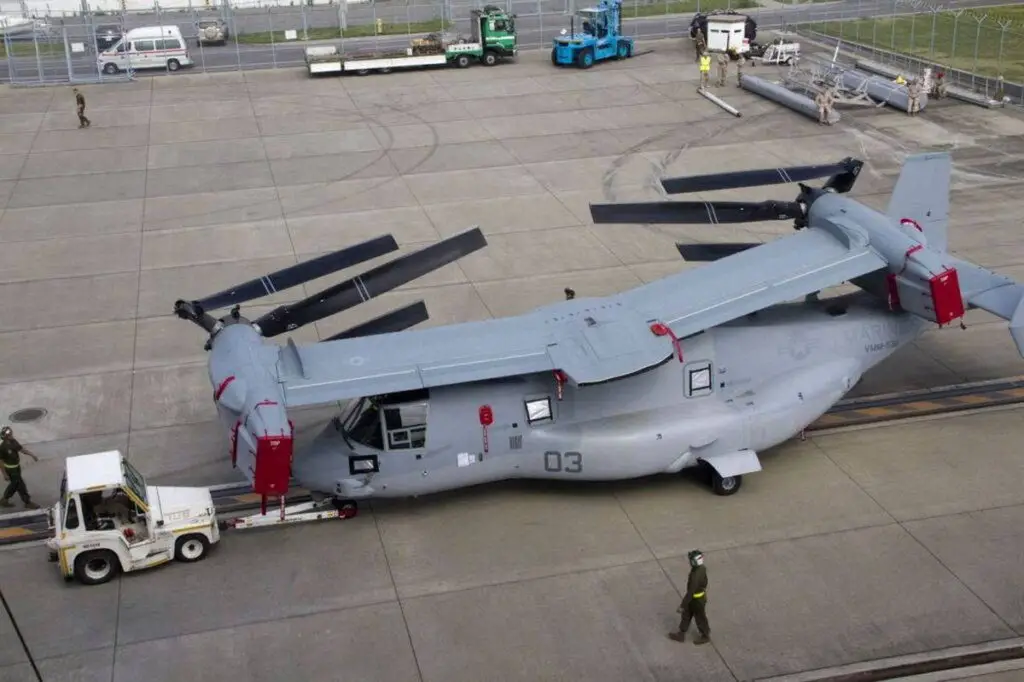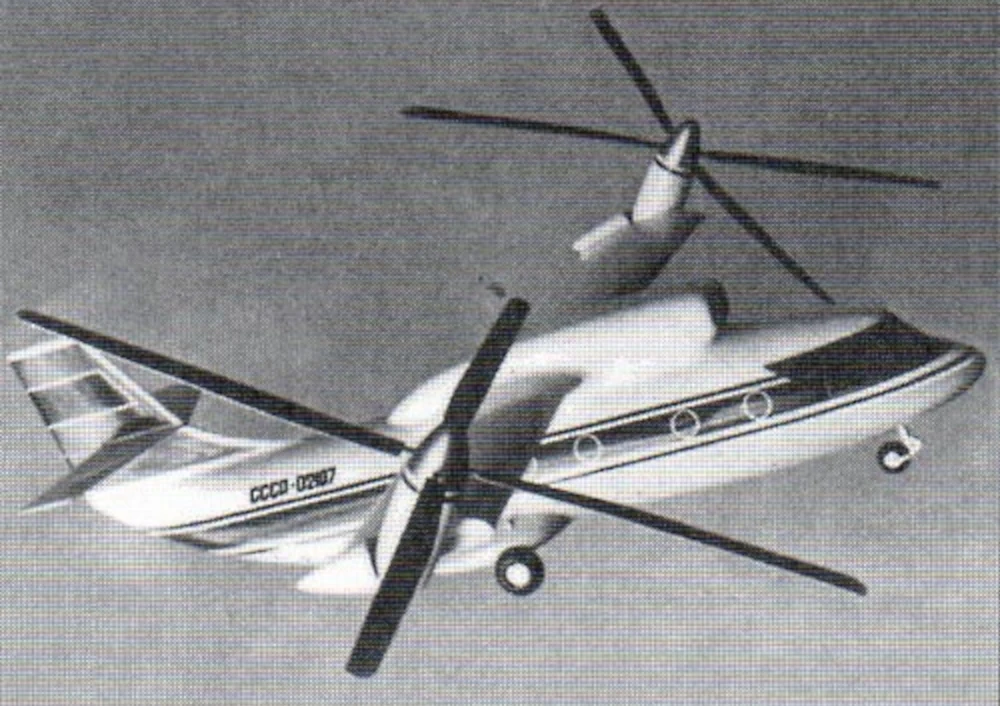One week after a fatal accident off the coast of Japan, the United States military grounded its complete fleet of Bell Boeing V-22 Osprey tiltrotor aircraft. On November 29, a US Air Force Special Operations CV-22B Osprey en route from Marine Corps Air Station Iwakuni on Okinawa to Yokota Air Base in Tokyo was tragically shot down over the East China Sea, resulting in the tragic loss of all eight crew members.
About thirty five accidents involving Ospreys have been recorded since their initial deployment with the United States military in 2007, resulting in the deaths of 125 personnel.
The Crashes
As is often the case with complicated and ground-breaking engineering ideas, the excitement of owning the first fully functional, mass-produced convertiplane comes with a big sense of duty. The United States military, while appreciating the benefits of the Osprey, is also burdened by its shortcomings, as evidenced by the V-22’s dozens of crashes and at least 16 airframe losses to date.
The crash that occurred last week in the East China Sea was the fourth fatal incident involving a V-22 in less than two years. It follows three service members being killed in an exercise-related Marine MV-22B crash on Melville Island, Australia, in August 2023; five troops being killed in a June 2022 crash in California; and four more Marines being killed in a March 2022 MV-22B crash in Beiarn, Norway.
According to investigations, technical issues have been implicated in the most recent incidents, including pilot error in the March 2022 accident in Norway and a drive system failure resulting from a malfunctioning gearbox in the June 2022 incident in California.
The cause of the November 29 CV-22B accident off the coast of Japan remains unknown to investigators. However, eyewitness accounts indicate that fire emanated from one of the engines, and the Osprey was inverted before an explosion that released debris into the adjacent water.

Although convertiplanes are prone to crashing, the United States military continues to employ them. This is probably because the Pentagon has invested a significant amount of cash into the project. The fact is that various financial resources have already been invested in developing and implementing the aeroplane. There is a high probability that the engineers, designers, technologists, and everyone else who participated in the development of the Osprey concluded that its dependability could be guaranteed and that it could be enhanced while it was in operation.
They can attempt to obtain a very efficient aircraft, even though everything is still being built and tuned. Because operating one of these aeroplanes would require losing financial and personal resources, it is not now appropriate for use everywhere.
The MV-22B, the most prevalent of the three variants of the tiltrotor acquired and operated by the United States Marine Corps, has been involved in most accidents. Only a few CV-22B accidents have been attributed to the aircraft, which the US Air Force Special Operations Command operates. The US Navy’s newest carrier onboard delivery variant, the CMV-22B, has not yet been involved in any accidents.
Though the idea may be good, the execution falls far short.
The challenge with convertiplane technology is the malfunctioning components that facilitate the aircraft’s transition from vertical to horizontal flight mode. This node is “charged” with substantial energy because it supports enormous loads. Occasionally, it might struggle to process the transition accurately, which could lead to unintended incidents.
Tiltrotors have a brief operational lifespan, having been in service for little time. At this juncture, it is premature to declare that a tiltrotor has attained its zenith regarding operational maturity. Determining what went wrong and approaching the matter with discernment and care is essential. Enhancing various aspects, including personnel collaboration, additional testing, and pilot and crew training modifications, is imperative. The United States may continue to operate Ospreys; however, doing so should be well-considered and devoid of compromise. Occasionally, the necessary operation can be restored by replacing a single fastener.
The accident last week could have been caused by various factors, including equipment malfunction, pilot error, or mathematical calculation errors on the Osprey’s onboard computer.
Nevertheless, tiltrotor technology exhibits promising prospects due to its classification as a hybrid aircraft/helicopter design capable of attaining speeds exceeding 550 km/h. This starkly contrasts with contemporary helicopters’ maximum 300 km/h speed, representing speed enhancements.
The Osprey and Similar Programs
The Osprey programme represents the realisation of a concept that dates back more than a century: a tiltrotor, alternatively referred to as a convertiplane. This type of aircraft can vertically ascend and descend using rotors resembling those on aeroplanes. It can be adjusted during flight to resemble a turboprop engine configuration akin to an aeroplane. This significantly improves the speed characteristics of the convertiplane in comparison to a standard helicopter, potentially multiplying them.
Early adopters of tiltrotor designs included the United States, the Soviet Union, Nazi Germany, and Britain. During the 1930s and early postwar years, each nation constructed prototypes of the technology before concluding that it was too revolutionary to be effectively implemented using equipment and materials available at the time.
In the 1970s, the Soviet Union developed a contemporary convertiplane called the Mil Mi-30 Vintoplan (‘Rotorplane’). This project incorporated an aeroplane-style fuselage design and a payload capacity of five tonnes or 32 passengers. The project, which had been conceptualised as a potential substitute for the fleet of durable Mi-8 workhorse series helicopters operated by the USSR and Russia, was terminated in the mid-1990s due to financial constraints following the fall of the USSR.

The Osprey project, conceived by Boeing and Bell during the 1980s and made its maiden voyage in March 1989, commenced mass production in 2007. It was subsequently deployed by the United States Marine Corps, Air Force, Navy, and the Ground Self-Defense Force of Japan. Carrying capacity is nine tonnes of cargo or twenty-four combat personnel. Already exceeding 400 units, the V-22 is the only convertiplane manufactured in significant quantities by any nation.

The Osprey is close to be a technical “delirius”. One can wonder which would be the survival time of such an aircraft in a “contested environment”.
Military history shows complicated fighting machines always were a bad choice
HB